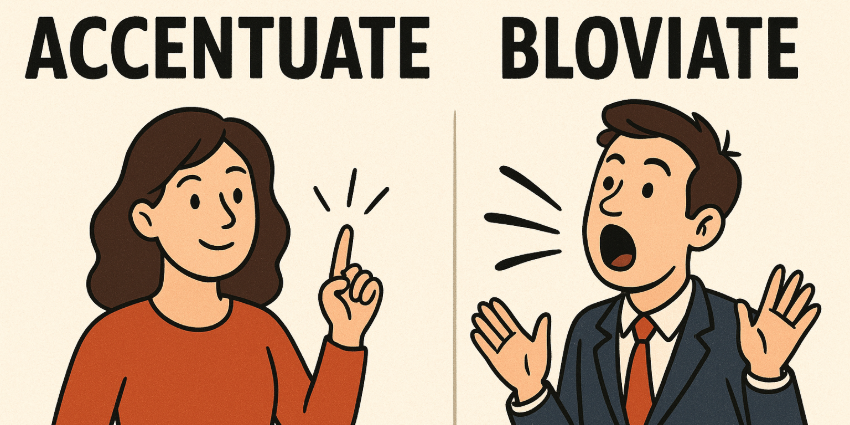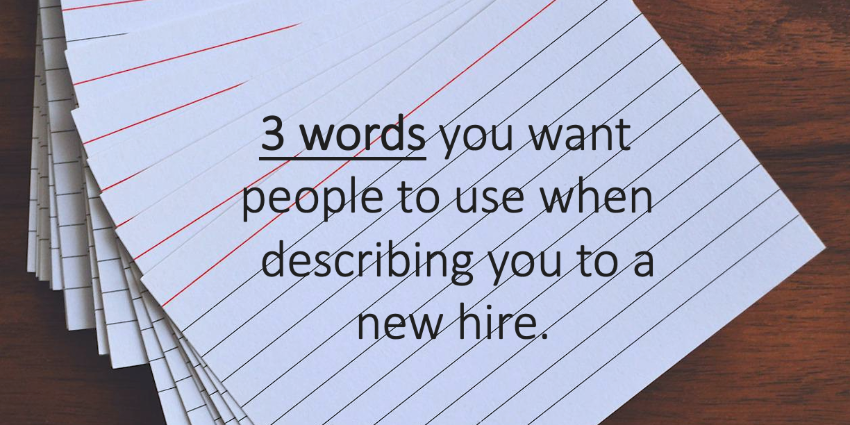MY REAL LIFE EXAMPLE IS COMING YOUR WAY!
Last month, I went viral; unintentionally, I can assure you.
My team and I created a post for LinkedIn illustrating why leaders can not and should not rely on ChatGPT for a game plan on how to “handle an underperforming employee.”
What was intended to be a five-minute post, using a perfunctory prompt, based on a fictitious example, to illustrate the point that there really is no substitute for human interaction in our collective human experience, ended up yielding just that: a tremendous amount of human interaction, just not all positive.
Never in a million years would I have thought one of our posts would garner 360,000+ impressions, over 200 comments, nearly 300 reactions, and 8 reposts. Normally, I would be thrilled with a response like that, but as I was reviewing the comments (all of which, except for one, came from people whom I didn’t know, and I’m guessing didn’t know me because they were listed as 2nd and 3rd connections), I was quickly becoming…less thrilled.
In fact, I felt the bulk of the comments were judgmental, rude, dismissive, missed the point entirely, and worst of all, extraordinarily unproductive to the conversation. Some were helpful and well-intended, but unfortunately, those were overpowered by volume in the mix.
I make my living rooted in the understanding that people have different perspectives, and the expression of those perspectives allows me to enable deeper and more nuanced conversations with my clients. As a leadership coach, I have the privilege of listening and engaging with senior executive leaders all day long. In those exchanges, I use reflective inquiry, I come from a place of curiosity, and I help leaders “hear and see” their own thinking and patterns of behavior. All skills I’m not convinced AI has mastered. It’s just my opinion, and apparently, I’m banking my job security on that notion. It’s also just my perspective.
As my fascination with the responses grew, it became so obvious to me that some people didn’t even read the original post. They simply came to add their opinion, not necessarily their value.
When we add our opinion with comments like:
“Well, garbage in, garbage out.” (The number of times people chose to write that phrase was staggering to me.)
“A tool is only as good as the person using it.”
“Your prompt was miraculously terrible.”
And my personal favorite, anything that started with “I know it’s already been said, but………repeat said point, etc…”
I’m using this real-life example of mine to illustrate the topic I originally had planned for today….consider the following question:
DO YOU ACCENTUATE OR DO YOU BLOVIATE?
When you accentuate, you add value to the dialogue. You move the conversation forward. You help people create new neuropathways in their brains so they can see and think differently. And most importantly, you fill the cups of others after they’ve interacted with you.
When you bloviate, you worship at the altar of your own brilliance, and most often it proves to be devoid of value. You speak because you feel that if you don’t, you’re not contributing, but the downside of reiterating the same point, or one that doesn’t move the conversation forward, is that you end up subtracting value. Not only do you subtract value from the conversation, but you subtract value from the bank of deposits you need to be adding to. Bloviators are diminishers; they are not leaders, and they are not visionaries.
So in your next meeting, next conversation, next post you choose to comment on, ask yourself if your contribution is one intended to accentuate the discourse, or is going to diminish the value of your impact.
I often tell my clients, “If it doesn’t add, it subtracts; choose wisely.”
*ChatGPT was not used to create this post. 🤣)



